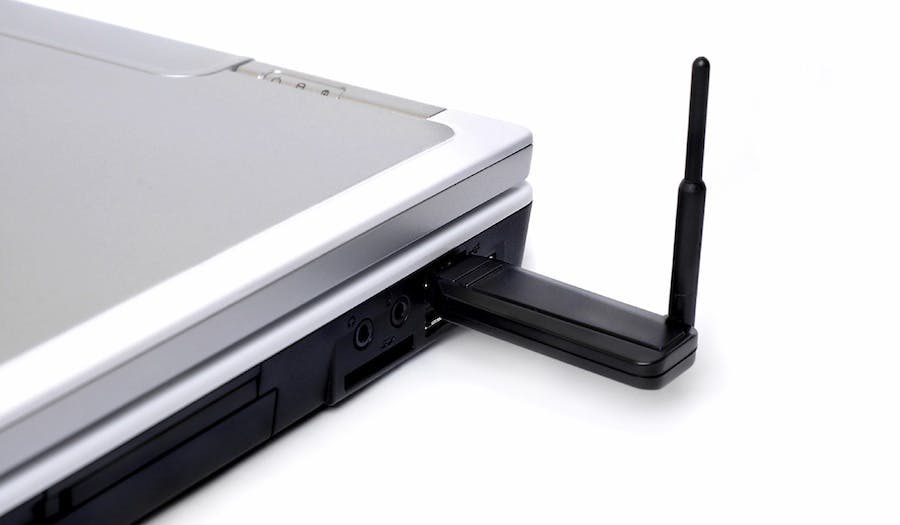The rise in internet devices is bringing about a decline in the use of dongles, according to findings released today from Roy Morgan Research.
The use of USB modems dropped from 2.1 million Australian users (10.8 per cent) in the six months to September 2013 to 1.4 million (7.4 per cent) in September 2014.
The overall popularity of mobile broadband connections is declining across the board, with the six months to September 2014 recording 5.1 million users (26.5 per cent). This marks a 4.2 per cent drop from the 5.9 million users a year ago.
“We’re moving from a time of personal internet data allowance to shared allowances,” Tim Martin, General Manager – Media, Roy Morgan Research, said.
“Our technology tracking data shows that people using USB modems tend to have only one or two devices in the household, while those using portable WI-FI are more likely to have three or more. Clearly, a dongle isn’t as useful when there is a need for multiple connections at once.”
The use of portable WI-FI modems remains almost the same, recording a slight drop of 0.8 per cent in the last year to 17.5 per cent. The research finds that two-thirds of internet users with a mobile broadband connection are using a portable WI-FI modem.
Tethering, the act of connecting devices to the internet using mobile data, is becoming more popular among Australian internet users. In an average four weeks just under 2.1 million users now use their smartphones as modems, a rise from the 1.9 million users found to be tethering a year ago.
“So at a time when many households are getting their third, fourth, fifth or sixth mobile internet device, service providers such as Optus and Telstra have already introduced mobile data plans that allow consumers to share allowances across multiple devices and users,” Mr Martin said.
“It will be interesting to see whether these offerings help to slow down the rate of decline in the mobile broadband category.”
While mobile broadband usage is on the decline, it continues to be widespread in rural areas. Less than 1 in 4 Australians (23.7 per cent) living in capital cities have some form of mobile broadband connection, significantly less than the 1 in 3 (31.6 per cent) living outside capital cities.


